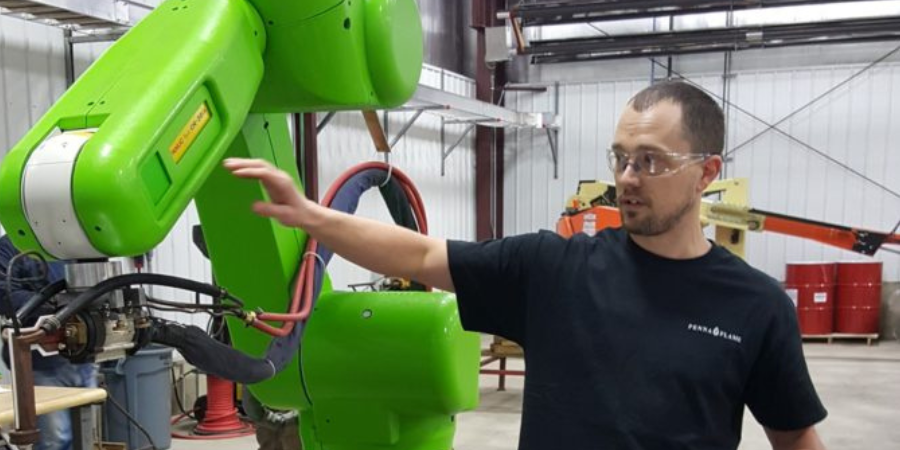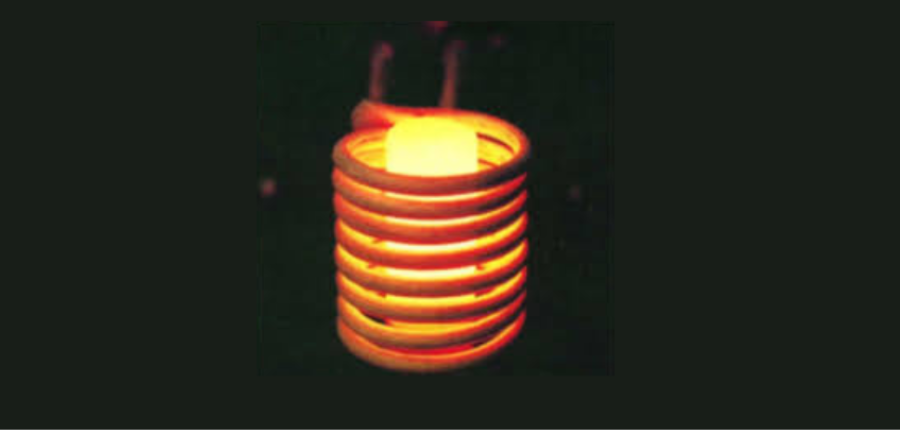![]()
Penna Flame Industries (PFI) was founded in 1968 by Garrett D. Orr, Sr. and his wife Mary Patricia (Pat) Orr to provide flame hardening services to the growing steel industry. Orr chose the Zelienople, PA site because it was centrally located between Pittsburgh, PA, and Cleveland, Ohio, which was then heavily into steel manufacturing. Garrett was employed as a sales representative for a foundry and was involved in other steel-related industries. Through this experience, he recognized the need for flame hardening in the steel industry. In 1968, at the age of 39, he founded Pennsylvania Flame Hardening. The groundbreaking took place on April 1, 1968.
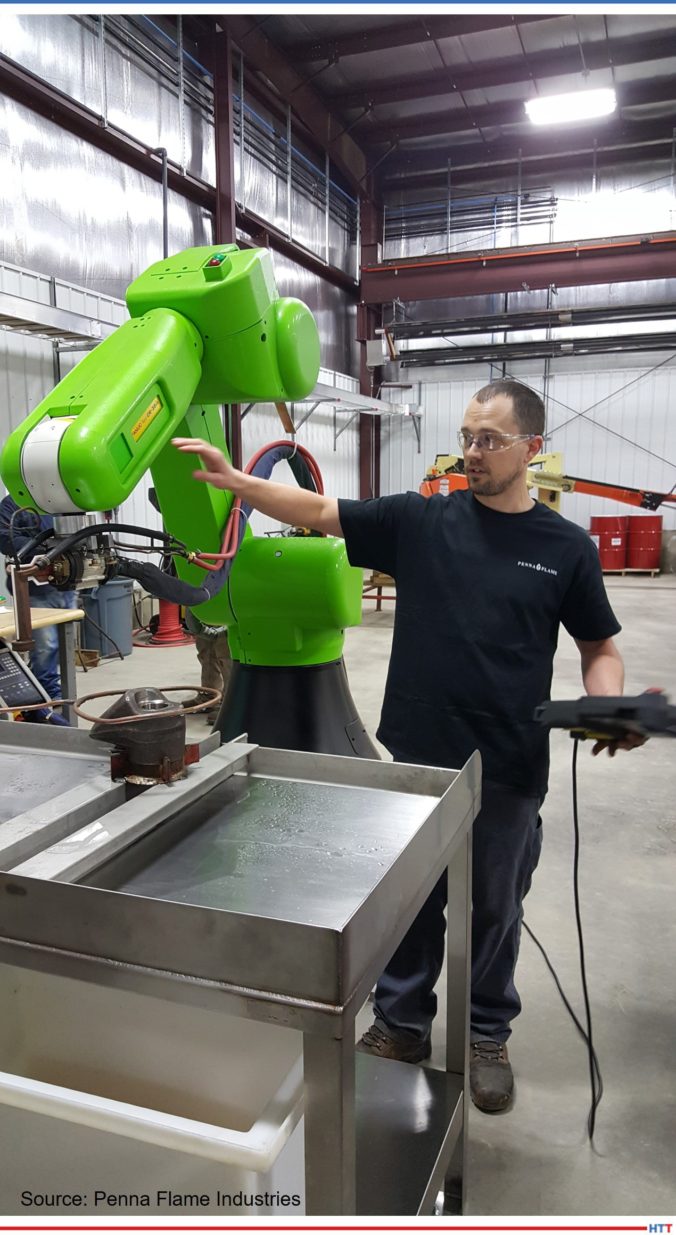
In 1990, James P. Orr was named president of the company, continuing his father’s commitment to the industry by adding new technology and innovations in surface hardening and roll manufacturing.
In 1995 the company added a roll manufacturing and machining facility to meet the needs of customers who wanted highly polished rolls used in the automotive and other industries. Today, PFI also serves the military, mining, and agriculture (heavy equipment) sectors.
In 2008, the company added the industry’s first robotic cell that replaced manual scanning and reduced the amount of setup required for tooling, thereby increasing precision and repeatability. The company has since added three additional robotic cells.
The computerized robotic surface hardening systems have revolutionized the surface hardening industry. These advanced robots, coupled with programmable index tables, provide an automation system that helps decrease production time while maintaining the highest quality in precision surface hardening.
A few benefits of this service are:
- Increased wear resistance
- Higher hardness and longer life
- Less processing time
- Higher efficiency and productivity
- Maintain tensile strength
- Quick turnaround of the project
- Consistent, repeatable process
- Less distortion when compared to furnace treatment
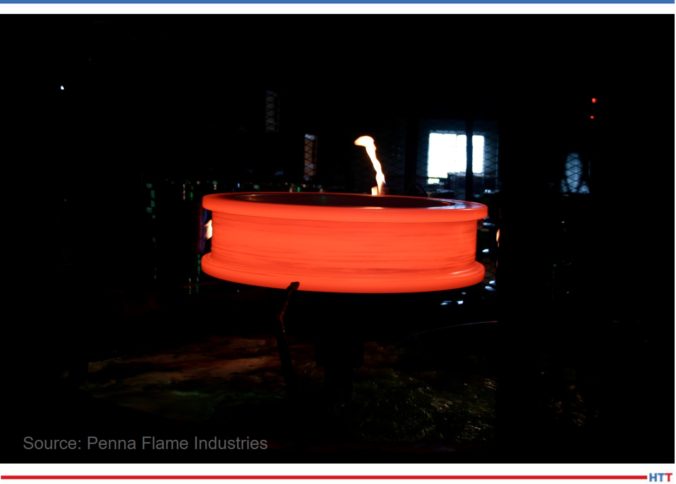
Additional services include flame hardening, robotic flame hardening, robotic induction hardening, roll hardening, roll manufacturing, roll straightening, hardness testing, wheel and axle assembly, deep cryogenics, stress relieving, and tempering.
In 2017, the company expanded its facility to incorporate the world’s largest spin flame hardening tank (80-inch diameter) and added a collaborative robotic cell that induction hardens and allows the operator to work right next to the robot without having safety fences.
Here’s a fun fact: while PFI doesn’t know the final destination of many of the parts they heat treat, they have flame hardened wheels that are in the roofs of professional sports stadiums and fields that roll out.
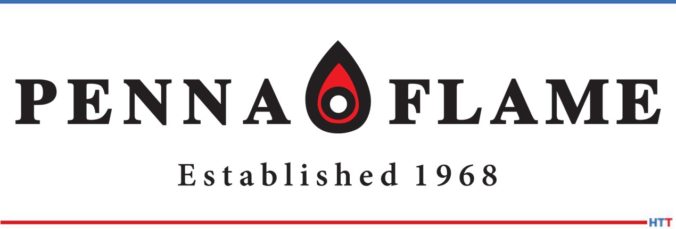
As they look to the future, James P. Orr, together with his sons Michael (Vice President) and Andrew (Vice President) are poised to lead the 28 employee-strong company into the next generation of products and services.




